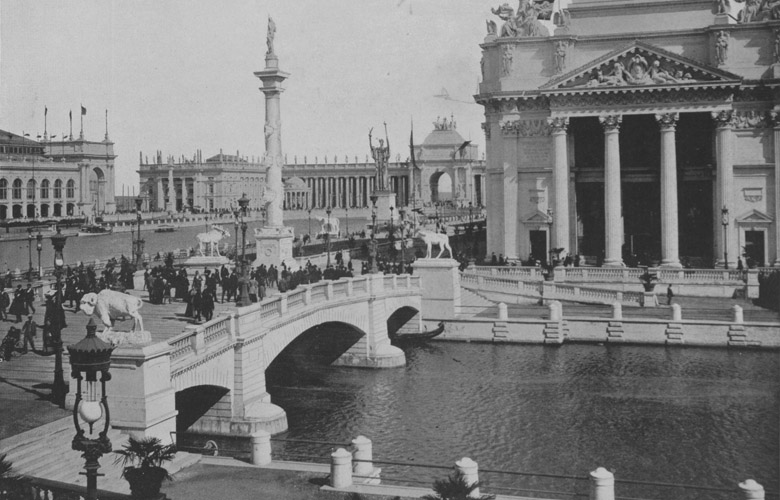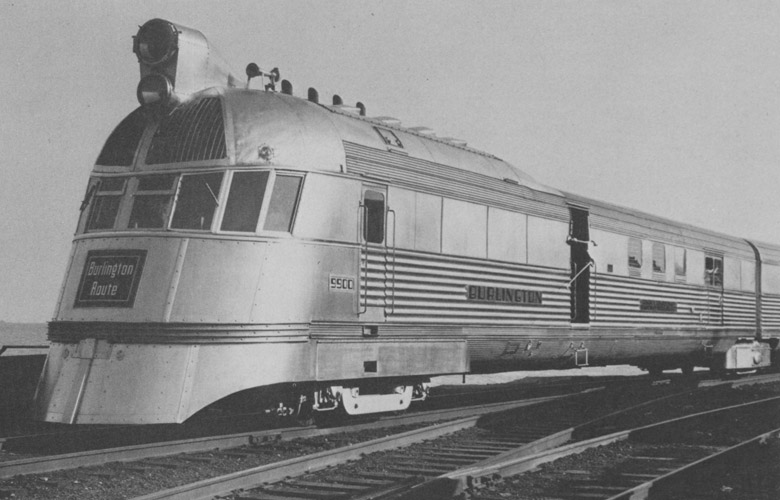Published 07/11/2013
Bridgeman is delighted to announce its representation of this Chicago museum whose collection tells the story of centuries of American progress and innovation.
Bridgeman is delighted to represent the Museum of Science and Industry, Chicago (MSI), an institution whose mission is to "inspire the inventive genius in everyone." In the MSI collection are thousands of photographs and artifacts that tell the story of centuries of American progress and innovation. Highlights of the collection include 19th century advertisements for all kinds of contraptions and products, from the wacky to the wonderful. Our favorite may be this gem advertising a cure for "superflous hair on the female face" from the New York Electrolysis Company. Other highlights include material from two major Chicago World Fairs and photographs related to two very famous museum installations, the Pioneer Zephyr and the U-505 submarine.
Columbian Exposition & The Century of Progress: from pure white to Technicolor in 40 years

|
The White City: World's Columbian Exposition, 1893 The 1893 World's Fair: Columbian Exposition was a Gilded Age celebration of the 400th anniversary of the discovery of the new world. The fair was an incredibly popular attraction and served as a powerful advertisement of emerging American industrial might and of Chicago's resilience after the Great Fire of 1871. The fair was home to many industrial and food innovations: the first Ferris Wheel, first fully electric kitchen, Pabst Blue Ribbon beer, Juicy Fruit gum, Hershey's chocolate (Hershey bought equipment here to expand his previously caramel-only operation), Cracker Jack and a device for making plates to print books in Braille. In addition, the first commercial movie theater operated at the fair. It was in Zoopraxographical Hall that photographer Eadweard Muybridge featured his animal locomotion series. The MSI Collection contains photographs of the Columbian Exposition buildings, the world record-setting crowds, native peoples from 46 country pavilions and amusements found on the Midway Plaisance. |
The building that houses the current Museum of Science and Industry, Chicago was built as the Palace of Fine Arts as the centerpiece of the Beaux Arts "White City" designed by Daniel Burnham and Frederick Law Olmstead. Most of the buildings from the fair were built as temporary structures, but two remain: the MSI building, and the other building houses the Art Institute of Chicago. The exposition was one of the influences that led to the rise of the City Beautiful movement, an urban planning ideal that espoused beautifying and creating monumental spaces in urban environments in order to spawn greater harmony and quality of life for the residents. Manhattan's Central Park and the National Mall in Washington D.C. are examples of this.
|
The Rainbow City: The Century of Progress, 1933 Held forty years after the Columbian Exposition, The Century of Progress looked to the future. The motto of the fair was "Science Finds, Industry Applies, Man Conforms" and its symbolic feature was the Sky Ride, which transported fairgoers in rocket-shaped cars, 200 feet above the ground. Dubbed "The Rainbow City," the fair grounds featured an exposition of modern architecture. The MSI Collection includes fascinating photographs and renderings of the futuristic buildings built for the fair including the 12-sided House of Tomorrow. |

|
Other Collection Highlights: U-505 and Pioneer Zephyr
Other notable highlights from the collection include the German WWII submarine, U-505, and the diesel-powered train that earned the nickname "The Silver Streak" when it set a speed record of 112.5 mph on a 1934 trip from Chicago to Denver.
U-505 was a notorious German submarine that terrorized Allied ships in the Atlantic during WWII. The only German submarine residing in the U.S., U-505 was captured on June 4, 1944. Material in the collection includes photographs of the interior of the submarine, German POWs captured with the boat and pictures of the restored sub now on display at the MSI.
The Pioneer Zephyr is commonly thought to be the first successful American streamliner. A predecessor to the bullet train, its streamlined and articulated design was made from mostly stainless steel. The Zephyr's original purpose was to be a promotional tool for countrywide passenger rail service. After its landmark high-speed trip to Denver, the train continued to carry passengers until 1960. In the MSI Collection are photographs of the interior of the train and the Zephyr in motion, as well as advertisements and brochures from the era, and pictures of the train on display in the MSI.

|

|


